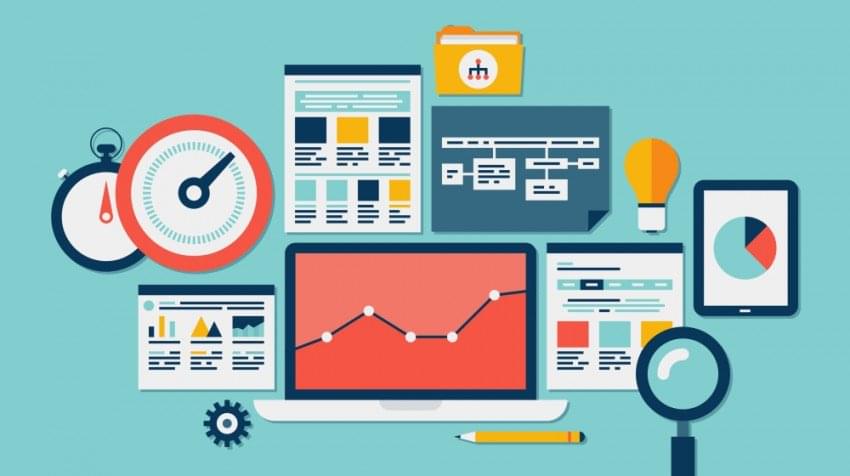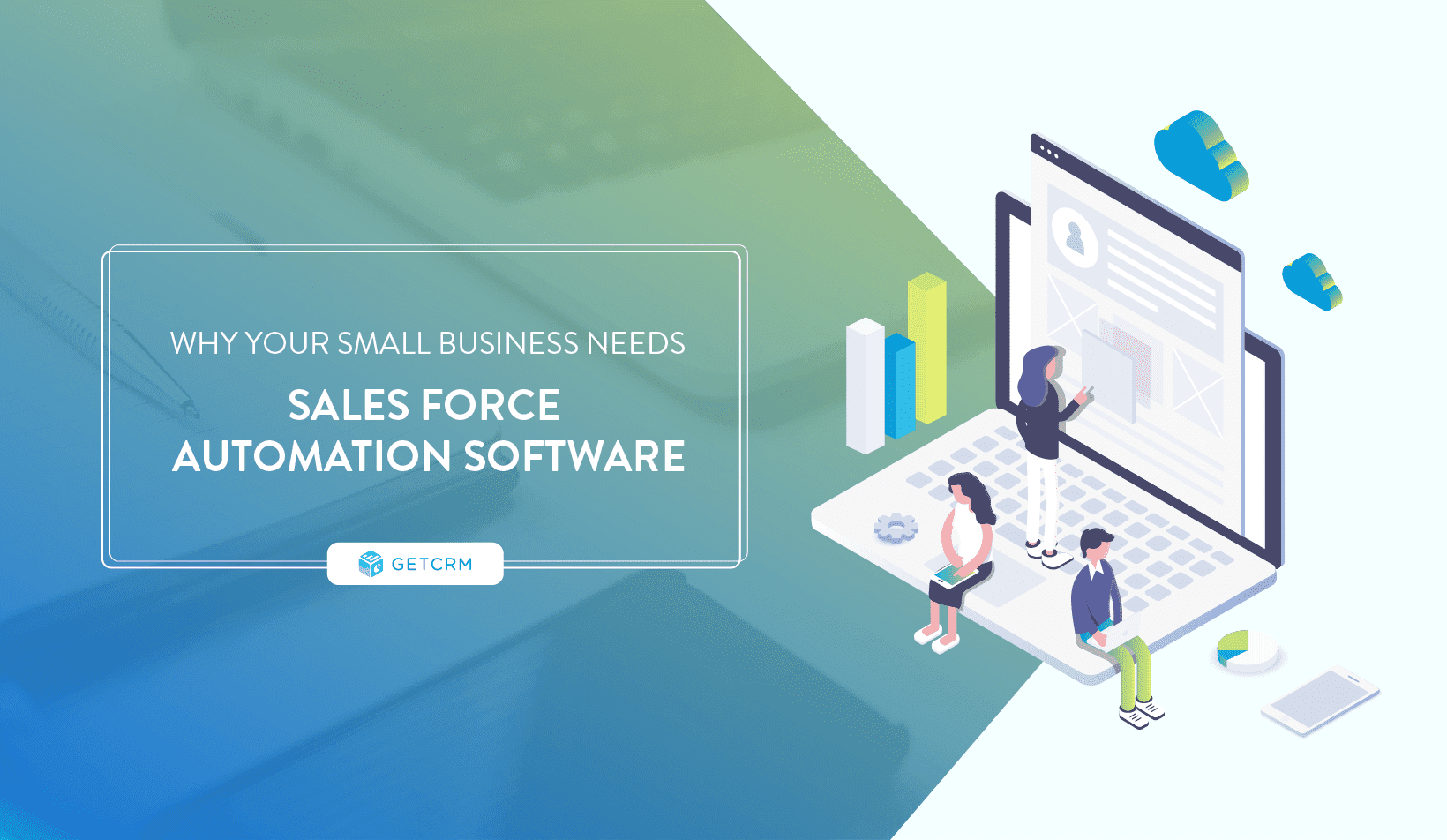Modern sales work involves a lot less face time and handshake deals than there used to be. These days, sales work might entail more FaceTime (ha!) or the use of other digital channels to contact prospects, nurture leads, and push deals down the pipeline, all from within an office. This is what’s meant by the term ‘inside sales’.
Naturally, sales automation solutions build features to support these roles, but with all the marketing copy it can be hard to discern the types of functionality truly required for an inside sales team. We wrote recently on the 17 call features your sales team needs; inside sales also require features for other channels and integrations for related business tools. We’ve put together a list of 20 features you’ll want to look for in an inside sales automation solution.
If you’re in the market, check out the table at the bottom for our recommendations and how they incorporate these features.
Your Checklist for Inside Sales Automation Features1. Two-way Email Sync -- Salespeople work faster when email can be sent and received through the same platform they access sales contacts, leads, and deals. Syncing their work email address -- whether a webmail server or an on-premises server -- with the sales software allows messages to be sent and received without the need to switch apps or even screens.
2. Contact/Lead Segmentation -- The ability of email verification tools to create subsections of your contacts and leads list lets you create messages or initiate sequences targeted to their interests, demographic criteria, lead status, or recent activity. This allows greater personalization of marketing and sales communication, which increases the likelihood of conversion.
3. Email Templates -- Pre-written email templates save salespeople considerable time drafting, proofreading, and personalizing a sales message. Most solutions contain tags that automatically input contact details from your mailing list or CRM such as name, organization, or job title.
4. Bulk Emails -- Bulk emails allow salespeople to send personalized email template to a segmented list en masse. Bulk emails (sometimes called mass emails) save a considerable amount of time on nurturing leads, sending follow ups, or cold email marketing.
5. Email Triggers/Sequences -- Certain solutions allow users to create triggers or sequences on which predesigned emails are automatically sent. These triggers might include when users visit a specific web page, reach a certain lead score, download gated content, sign up for a newsletter, or specific calendar dates like holidays, birthdays or signup dates. Sequences might be based on time intervals or follow up actions.
6. Email Tracking -- This provides a sense of how email campaigns or templates are performing. While sales automation solutions won’t track emails at the level that dedicated email marketing solutions will, even simple data -- like whether the email was opened, the last time it was opened, how many times it was opened -- can allow agents to gauge a prospect’s interest.
7. Filtered Search -- Being able to look up past leads with an accurate and filterable search function limits the number of leads that fall out of the sales funnel. The narrower the search criteria, the more precisely agents can resell to old customers based on their demographic criteria or keep them informed of new promotions or products that match their interests.
8. Computer Telephony Integration (CTI) -- Rather than picking up a physical phone, agents save time by making calls through the sales app itself. The sales software will store numbers along with other contact information so agents don’t need to remember numbers. Further, the host of features that typically accompany CTI (which are listed below) means integrated calling contributes not only to your team’s productivity, but also the accuracy of your reporting and analytics.
9. Click-to-Call -- Sales software that integrates calling usually includes a host of features to speed up its use. Click-to-call lets users dial numbers through the platform by either clicking the number itself or a button alongside it. Why dial when you can click? Every incremental bit of time saved adds up.
10. Local Outbound Caller ID -- People are more willing to pick up the phone when it comes from a local number; among answered calls, deals are statistically more likely to be closed from such numbers. While agents shouldn’t sell disingenuously (i.e. don’t pretend to be from that area if you aren’t) there’s nothing wrong with delivering a message in a format the listener prefers to receive it.
11. Automatic Logging -- Your sales software should automatically note the time and date of inbound and outbound communication and present it in the activity timelines of relevant contacts, leads, and opportunities. This provides a more complete sense of customer touchpoints across channels. It’s not completely omnichannel (you’d need a fuller customer engagement platform for that), but this saves an inside sales team a ton of data entry for essential records.
12. Call Campaigns/Auto-Dial -- In certain solutions, users can segment their contact or lead lists and initiate a call campaign. Consecutive numbers are automatically dialed a short time after the previous call ended. This frees users from needing to click on numbers they know they’ll dial and simply run with the script.
13. Call Scripts -- Dialing through a call campaign becomes easier with call scripts tailored to segmented leads according to product, pipeline stage, customer history, etc. Certain sales solutions with integrated calling can also prompt windows with the prewritten script for reference.
14. Call Recording -- Call recording allows for a historical record, an opportunity to identify successful sales techniques or shortcomings, and a useful training material. It will provide context into a specific customer journey that can identify the point an opportunity went sour or moved farther down the pipeline.
15. Call Transfers/Forwarding -- Inside sales agents aren’t chained to their desks. In the event they’re away from their console, it’s helpful to have sales calls forwarded to a mobile device, which will be logged as though it were received through the app. Similarly, if agents need to redirect calls to colleagues, call transfers allow a seamless transfer of conversation without interruption.
16. Voicemail Drop -- Voicemail drops, the calling equivalent of an email template, let agents leave pre-recorded voicemails with a single click when calls go unanswered. This can be used effectively for generic follow-ups or reminders about availability. Messages can be tailored to general segments, but the more personalized the message, the more likely it will need to be individually recorded.
17. Call Notes -- Sales agents on the phone may want to include notes regarding their impressions or the customer’s preferences during the call. Many solutions allow these to be attached to the log of the call. This prevents a need to listen to call recordings for individual key details. Call notes can also appear in the activity timeline for related records.
18. SMS Integration -- Inbound and outbound SMS provides another channel to inform customers of promotions and updates, or simply serve as another direct line of communication. SMS integration comes with its own SMS-related features, including notifications, reports, automation, bulk sending, and sometimes the ability to read incoming messages without needing to switch screens.
19. Notifications -- Sales agents can define the triggers they feel warrant notifications, which may include deals changing pipeline stage, task assignments from certain individuals, missed calls, incoming calls, emails from leads of a certain status, and so forth. Not every solution allows the same level of customization: many simply offer a wide range of default email, desktop or mobile push notifications that can be toggled on and off at the agent’s discretion.
20. Reports -- Sales automation platforms track agent activity and record updates, allowing for sales forecasts, performance analysis according to criteria like deal size, number of deals, lead status, assigned agent, time period, and pipeline stage. Reports can also indicate which agents perform best for which types of deals, how the team as a whole is performing, which times of day more calls are received, and more. Periodic reports allow managers to make course corrections to optimize sales focus and time/resource allocation.
5 Sales Automation Solutions for Inside Sales Teams
Shopping for a solution? Check out which of these recommended solutions incorporate the features listed above.
| Base CRM | Close.io | Freshsales.io | Agile CRM | Zoho CRM | |
| 2-Way Email Sync | Yes | Yes | Yes | Yes | Yes |
| Segmentation | Yes | Yes | Yes | Yes | Yes |
| Email Templates | Yes | Yes | Yes | Yes | Yes |
| Bulk Emails | Yes | Yes | Yes | Yes | Yes |
| Email Triggers/Sequences | No | No | No | Yes | No |
| Email Tracking | Yes | Yes | Yes | Yes | No |
| Filtered Search | Yes | Yes | Yes | Yes | Yes |
| Computer Telephony Integration | Yes | Yes | Yes | Yes | Yes* |
| Click-to-Call | Yes | Yes | Yes | Yes | Yes* |
| Local Outbound Caller ID | Yes | Yes | Yes | No | Yes* |
| Automatic Logging | Yes | Yes | Yes | Yes | Yes |
| Call Campaigns/Auto-Dial | Yes | Yes | Yes | Yes | No |
| Call Scripts | Yes | No | No | Yes | No |
| Call Recording | Yes | Yes | Yes | Yes | Yes* |
| Call Transfers/Forwarding | Yes | Yes | Yes | Yes | No |
| Voicemail Drop | No | Yes | No | Yes | No |
| Call Notes | Yes | Yes | Yes | Yes | Yes* |
| SMS Integration | Yes | Yes | No | Yes | No |
| Notifications | Yes | Yes | Yes | Yes | Yes |
| Reports | Yes | Yes | Yes | Yes | Yes |
*through Zoho PhoneBridge
Note that not all features are available on all subscriptions, and we reviewed built-in features only. Certain features listed ‘no’ may become available through integrations with third-party solutions (such as call features through VoIP providers or email triggers through Zapier). Check each provider’s website for details on features and integrations.
Looking for other solutions? Check out our page on sales automation.



